In this week's episode we meet Jonny and Claire McMorrow who transformed a 1990’s bungalow in Donegal into a stylish, warm sustainable home. Jonny and Claire met as dancers in the original Riverdance line up, and after many years dancing for their living, the young family moved back to County Leitrim in 2013 to set up an Irish dancing school.
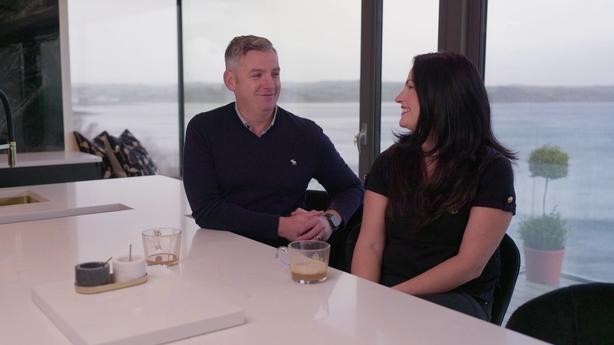
The McMorrow family share their home with the dance school and found it difficult to switch-off and have their own alone time as a family. This inspired the McMorrows to buy a 1990s bungalow an hour away in Donegal as their weekend home.
However, the family knew from day one that they had a job of work ahead of them as Jonny describes: "When we got the bungalow first it was very, very cold"
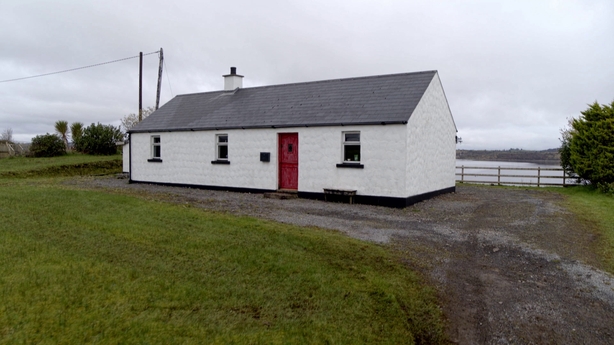
Ventilation is key to any home upgrade
The McMorrows were acutely aware that the home needed a retrofit solution to make the bungalow cosy and sustainable "it needed to be upgraded, and we wanted to get a system that would stand the test of time" says Claire.
One of the lesser known, highly important retrofit measures is ventilation. The purpose of sealing a draughty house is not to stop the exchange of fresh air but rather to control it. It goes without saying that bungalows have all their rooms on a single floor.
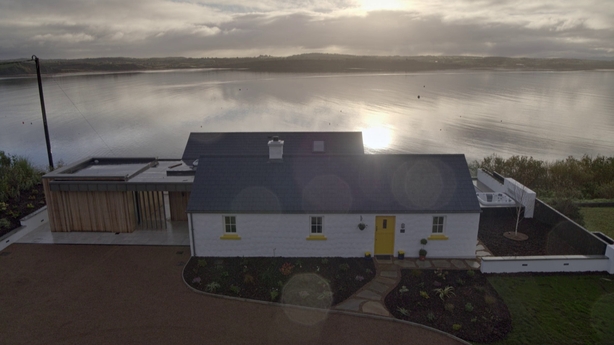
This arrangement means that it is quite difficult for air to circulate easily around your home. Over the years many changes may have been made that unwittingly restrict the amount of fresh air making its way into the home.
According to Declan Daly, Head of Engineering, Electric Ireland Superhomes "Ventilation is a key measure that people aren't aware of. A well-ventilated home is a healthy home to live in. It’s also vital that stale damp air and pollutants are removed both for your health and the integrity of the building"
In a Superhome, an advanced ventilation system is one of Electric Ireland Superhomes’ four key energy upgrade measures along with a high level of insulation, airtightness to remove all draughts and a heat pump heating system.
There are two distinct options when it comes to ventilation – demand-controlled ventilation (DCV) and mechanical heat recovery (MVHR)– and the choice of which to install depends on the home and budget. Both systems provide fresh air and moisture control to kitchens and bathrooms, as well as neutralising many unwanted odours.
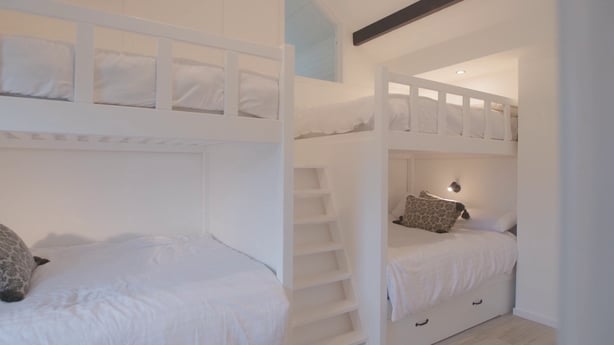
Demand controlled ventilation works on the principle of providing the right amount of fresh air in a controlled manner. The higher humidity generated by breathing and activity in the kitchen or shower, for example, can lead to condensation, in which mould can grow.
When the humidity increases, humidity sensitive exhaust units open to remove excess moisture and eliminate the risk of condensation while simultaneously replacing it with equal quantities of fresh, clean air.
A MVHR ventilation system works by extracting warm moist air from areas such as the kitchen and bathrooms while allowing outdoor air to pass through the exchanger which results in fresh, filtered air at a regulated temperature.
There are many benefits to a well-ventilated home including improvements to indoor air quality and a significant reduction in condensation and damp air, as Jonny says "We're never going to walk in here and see condensation or water dripping down the windows or in the walls in the bedrooms".
The specific requirements of bungalow retrofits
Jonny recalls the bungalow when they first bought it: "When the Donegal winds started blowing you knew what you were in for". It was clear to them immediately that they would need to upgrade, especially given the coastal location and exposure to the elements.
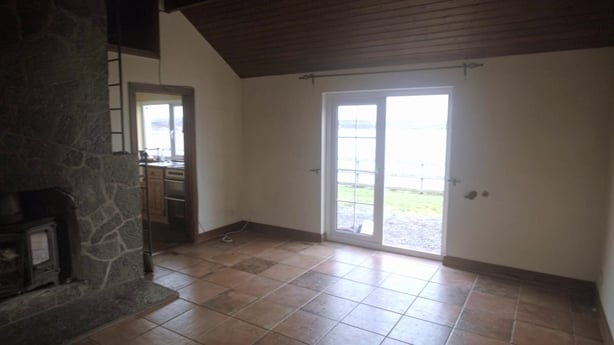
There is a lot of opportunity in refurbishing an existing Bungalow. The structure is simple, the internal wall layouts are often non-load bearing and can be altered, ensure flexibility for the client over their lifetime.
Remodeled bungalows are popular for many reasons, including the fact that they tend to be easier to come across than new sites, plus the planning process can be simpler. Bungalows built from the 1940s right up until the 1980s are often built on generous sites and have large footprints.
Whilst bungalows built during these 50 years might not be shining examples of cutting-edge design and technology, their potential is undeniable.
There are a number of specific considerations when approaching an energy retrofit for a bungalow. In most bungalows, the heating system is usually located near the kitchen and living room; therefore many rooms furthest away from the heating system can often be cold, damp, and hard to heat. The retrofitted air to water heat pump is designed to provide constant heat throughout the home to a comfortable 18-21 degrees.
Most bungalows in Ireland have a concrete floor and for bungalows built before the early 1990's, very little insulation would have been applied under the finished floor. It is rarely cost effective to take up a concrete floor and re-insulate it, so the overall standard of house insultation is improved by focusing on easier-to-reach areas first, such as the attic, walls and windows.
When it comes to considering insulation and insulation about 25% heat is lost through the roof, in comparison to 35% through the walls, 15% through the floor and 25% from windows and draughts.
The attic space of a bungalow is larger than other house types, for that reason extra insultation needs to be considered when planning and costing a bungalow retrofit. However, the cost of insulating the roof is usually much lower than the cost of solid wall insulation, so it is often more cost-effective to do the roof first.
Because of changing and improving building codes, an older bungalow might require external wall insulation, whereas a bungalow built since 1998 to a better insulation standard, might just need the wall cavity pumped with insulation.
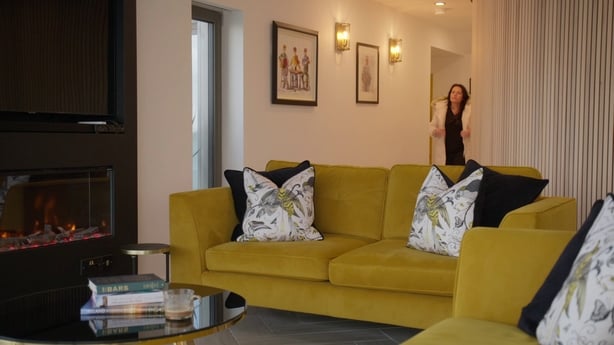
Retrofit made easy
The McMorrows have taken a standard cold draughty bungalow and completely transformed it. Their BER rating went from G to A3. They describe the feeling of looking out at the sea and landscape from their cosy home as surreal, according to Claire:
"There's no comparison now, the level of comfort we have now, and also the convenience of switching on a switch and knowing you're going to be warm in ten minutes".
As a One Stop Shop, Electric Ireland Superhomes look after all the key stages of a home retrofit, from initial survey and retrofit design the whole way through to the payment of SEAI grant funding. This includes engaging recommended contractors and working with them to deliver the best quality retrofit in Ireland and, at the end of the process, the best home possible.
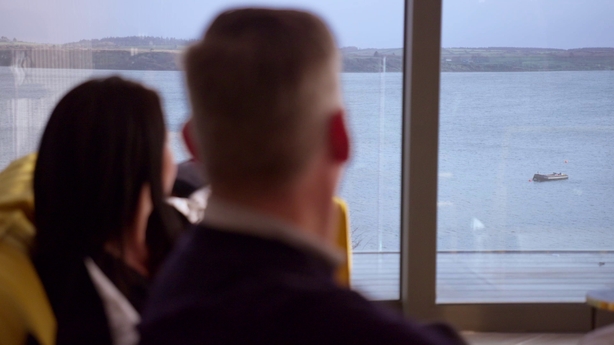
Electric Ireland Superhomes also provides an energy and grant consultancy service if you are embarking on a large scale renovation, working as part of your construction team, and using SEAI registered installers nominated by your architect or project engineer.
For more information and to start planning your own home retrofit, visit http://www.electricirelandsuperhomes.ie

